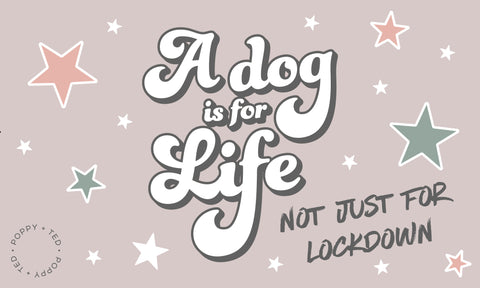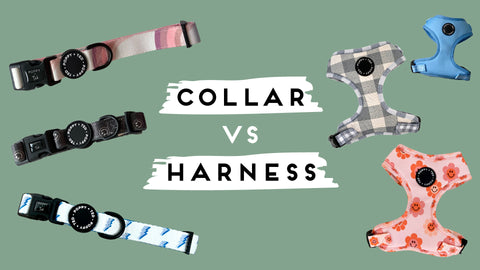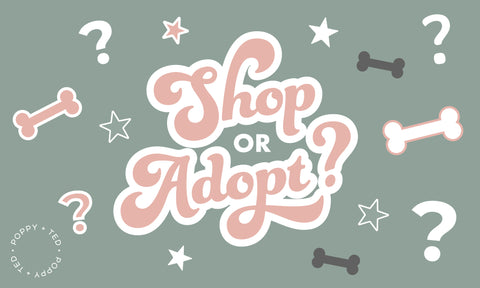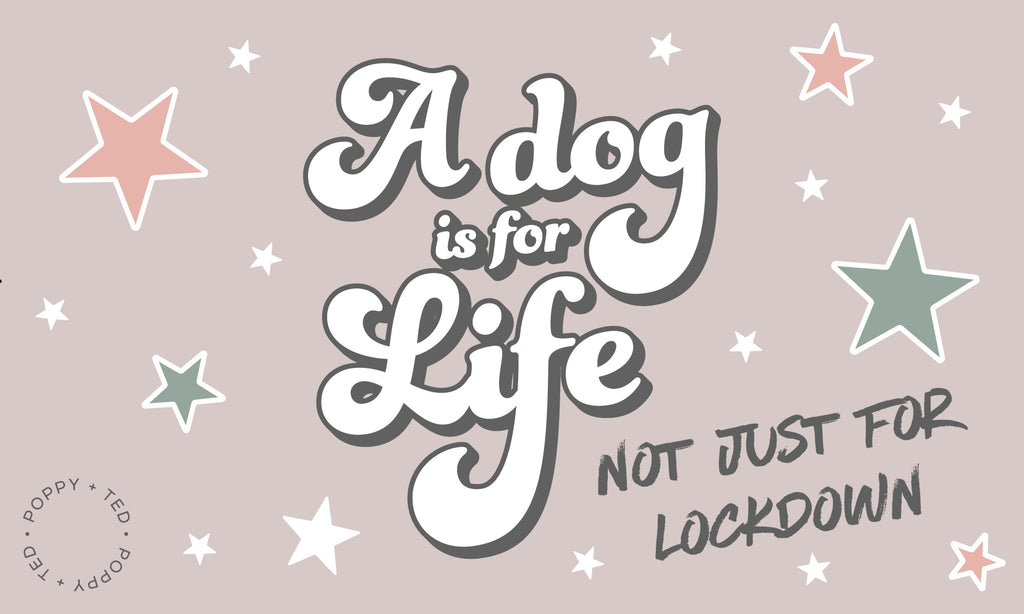
We are a nation of animal lovers in the UK, with man’s best friend being the most commonly owned pet.
They keep us company, encourage us to get those steps in and love us unconditionally. So, it is no surprise that in a recent survey, 34% of homeowners in the UK reported owning a dog, with cats being a second favourite at 28%.
However, this number has rapidly grown with a surge in pet ownership during the global pandemic, increasing by 19% in just a year. Now that life is finally returning to normality, what is becoming of our new furry friends?
The Rise of Lockdown Dogs
According to Pet Food Manufacturers' Association, 3.2 million households in the UK have acquired a pet since the beginning of the pandemic. This is a staggering number that really speaks of the loneliness many of us felt during the lockdown.
We chose dogs to be lockdown companions as they are supportive creatures that improve feelings of stress and anxiety. In fact, it’s proven that petting and playing with our four-legged friends helps to release serotonin and dopamine, the hormones that work to calm our nervous systems.
Plus, they were a great distraction to take our minds off of the gloom of the world outside and keep us busy with training, walks and more. We spent every moment with our dogs, keeping an eye on them, sticking to routines and giving them constant attention.
Coming Out of Lockdown
Now, we’re finally putting lockdown behind us, and we’re returning to the office after so long of working from home. While we might find it an exciting change of pace, our fur babies at home are having their routine and lives shaken up.
Many lockdown pets won’t know anything different than pandemic life and will be confused, frustrated and upset by the disappearance of their owners and the consequent lifestyle change.
Over half of the new pet owners in the pandemic were aged between 16-35; and many people are finding their new responsibilities to be more work than anticipated, especially since returning to work.
Even dogs that have been family pets long before covid might be suffering from being suddenly left alone for extended periods of time again. They can feel bored, restless and even anxious while waiting for their owners to return.
So, how can we help and support them as they did for us?
What is Separation Anxiety?
The most pressing issue you and your dog may face when you return to work is separation anxiety, also known as separation distress. As the name suggests, it is the feeling of panic or anxiety when your dog’s preferred people are not close.
But if you’re not home with them, how can you tell if your furry friend is experiencing separation anxiety?
7 Signs of Separation Anxiety
Fortunately, a dog suffering from separation anxiety is not hard to spot, although we wish they didn’t have to go through this stress. Signs of separation anxiety are clear, and we have listed the top 7 signs you should be looking out for.
However, you should not take this as an extensive list as you know your dog best. You should look out for other signs that seem out of character for your pup, even if they’re not obvious.

1. Vocalising
One of the first signs your dog is suffering from separation anxiety is if they begin vocalising when you leave the house. You might hear this yourself as you close the door in the morning or return home at the end of the day. Your neighbours may even let you know about the noise if they can hear it at its worst throughout the day.
Every dog is different, and breeds tend to make unique noises. However, you shouldn’t consider just howling and barking as vocalisation, as there are many forms, including growling, sighing, groaning and whining.
2. Salivation
Excessive salivation is not one of the most obvious signs that your dog suffers from separation anxiety, but it is relatively common. Some breeds tend to drool often anyway, so you should be conscious of whether your dog is drooling more excessively than usual. If your pup rarely drools, you should consider whether it has become a habit while you’re away.
In some cases, your dog might even be soaked from their drool by the time you return home, as it is a common occurrence for dogs feeling stressed out. It happens if your dog begins to pant or tremble when feeling anxious.
3. Urination or Defecation
When dogs are left alone, they may become more territorial of their home environment due to stress. This is known as ‘scent marking’, and it may manifest in dogs that begin urinating or defecating inside the home, particularly near doors, windows and exits.
It is one of the most obvious signs that your dog is going through separation anxiety, especially if they are ordinarily well toilet trained.
4. Destructive Behaviour
Destructive behaviour in dogs usually manifests itself in chewing, digging or tearing things up. While we may be quick to anger and put it down to our dog’s acting up for attention or even seeking revenge, destructive behaviours like these are known as displacement behaviour.
For some dogs, it can be a way to relieve boredom, but for others, it is a way to release pent-up energy and stress. When you come home to the aftermath of these destructive behaviours, you may even feel your dog has a stereotypical guilty look of drawn back ears, a lowered body or constantly looking away. But it’s important to remember that guilt is a human emotion that dogs do not have the emotional cognitive ability to understand.
Instead, their response is automatic and instinctual based on your body language and hostile reaction to the mess, rather than admittance of guilt. So, if this does happen, try to be a bit more understanding and sympathetic of why the destructive behaviour has occurred.
5. Lack of Appetite
Like humans lose their appetite when stressed or worried over certain situations, a dog may experience a lack of appetite when left alone. Their separation anxiety keeps them from being able to behave as they usually would without your presence.
So, suppose your four-legged family member is ordinarily quick to eat their food, yet you’re coming home to untouched food bowls. In that case, you should pay closer attention to any other signs of separation anxiety.
6. Self Trauma
Self-trauma may be a side effect of destructive behaviour, resulting in broken teeth, cut and scraped paws and damaged nails. However, some dogs may also begin self-destructive behaviours like tail mutilation, nail-biting, psychogenic alopecia, acral lick dermatitis, face and neck scratching, and flank sucking.
7. Escape Attempts
Finally, you may experience your dog start to act out as soon as you begin your routine of leaving the house in the morning. Brushing your teeth, getting dressed and locking up windows and doors may signal your dog that you will soon be leaving the house.
This can result in your dog jumping up for attention, avoiding confined spaces and even trying to escape the home before you leave.
How to Support Your Dog
If you have noticed your dog displaying one or more signs of separation anxiety since the end of lockdown, you should arrange an appointment with your vet. However, there are several other ways that you can support your dog.
Meeting the Needs of your Pet
Now that you have returned to the office after so long, trapped inside and following social distancing rules, you may have noticed an improvement in your physical and mental wellbeing that you weren’t expecting. Getting back into an active routine, spending time outside, and socialising contribute to better mental health, which is the same with your pups.
By meeting your dog's needs, you can ensure they are mentally, physically, and emotionally stimulated despite being left home alone while you work.
Any companion animal needs the following to feel fulfilled;
- Physical Exercise
- Mental Stimulation
- Enrichment
- Grooming and Relaxation
- Social Interactions
- Quiet or Alone Time
- Protection from Undue Stress or Fear
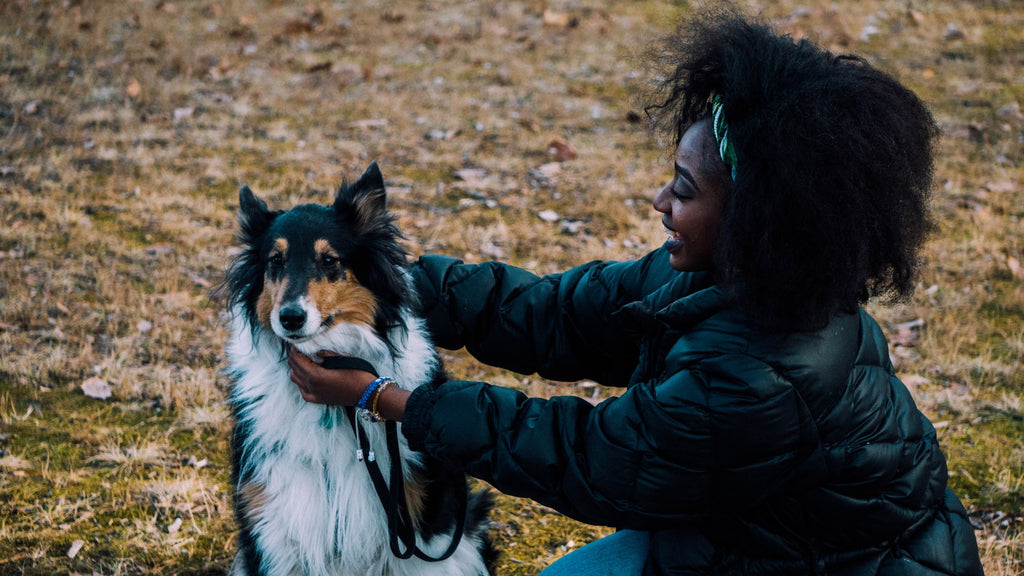
Teaching Dogs to Be On Their Own
If you are preparing to return to the office or perhaps easing into a hybrid working split, then now is the time to teach your dogs how to be on their own.
This is known as independence training, and it teaches your dog to be comfortable whenever their owner is absent and to relax if they move away. It also stops what has affectionately been dubbed ‘velcro dog’, which means your dog goes wherever you do.
Independence Training
The key to independence training is to teach your dog downtime, encouraging them to nap, rest and relax in a designated spot without being close to you.
To begin this training, sit with your dog in the downtime area you want them to adopt as their own. Offer them a treat or chew, preferably in a toy or holder that encourages them to work to get to it.
Once your pet is comfortable in the space, provide them with the reward/distraction and move on with your activities. Every time you have this training session, you should move slightly further away from your dog while encouraging them to stay put. This will increase how comfortable they feel being on their own over time rather than a sudden change and shock.
Just remember to leave your treat pouch or dispenser with the pup; otherwise, they will be encouraged to keep following you!
If your dog does show signs of stress, you should start more slowly. By keeping the training short and staying close enough to your pup, you can gradually ease them into the new routine.
Once your dog has mastered the downtime aspect of independence training, you can begin introducing commands such as ‘Go to place’.
This command is a helpful exercise in teaching your dog to go to their designated space, like a mat, basket, or room where they can settle.
Preventing Separation Anxiety
If you were not anticipating your dog’s reaction to your return to work and the whole transition is happening faster than you planned, then here are more tips you can implement to prevent separation anxiety.
No Drama Departure
We’ve touched upon the fact your dog can quickly pick up on your social cues and routine for leaving the house, and this process can cause mounting stress within them.
Things like picking up keys, putting on shoes and packing a bag can make your dog upset and build-up to worry and upset.
To combat this spiral for your pup, begin adopting some of these behaviours even when you will not leave the house. Doing this will take the drama and fear out of the actions for your dog.
For example, putting on your shoes before sitting down to watch television is an excellent way to ensure your dog does not associate the actions with unpleasant memories. You could also try picking up your keys and putting them in your pocket before making dinner.
Practice Separations
Another great way to get your dog used to being alone is to do some practice separations. Teaching your pet a phrase like “I’ll be right back”, settling them in a downtime space and offering them a treat will condition your dog that good things are coming rather than associating negative feelings with their owner leaving.
You should start this practice slowly by stepping to the other side of the room, then behind the door, into another room before finally leaving the house altogether.
How Can I Help My Dog with Separation Anxiety?
By now, we hope we have answered some of your questions and worries regarding your pup’s separation anxiety and given you inspiration for how you should proceed next.
Whether you’re implementing some of our tips and advice or booking a visit with your dog’s veterinarian, we hope you and your pup find a way to de-stress that works for you.
For now, why not grab their lead and harness and take them on a walk to get some fresh air, burn off pent-up energy and clear your head? A treat or two will also help to get those tails wagging!

